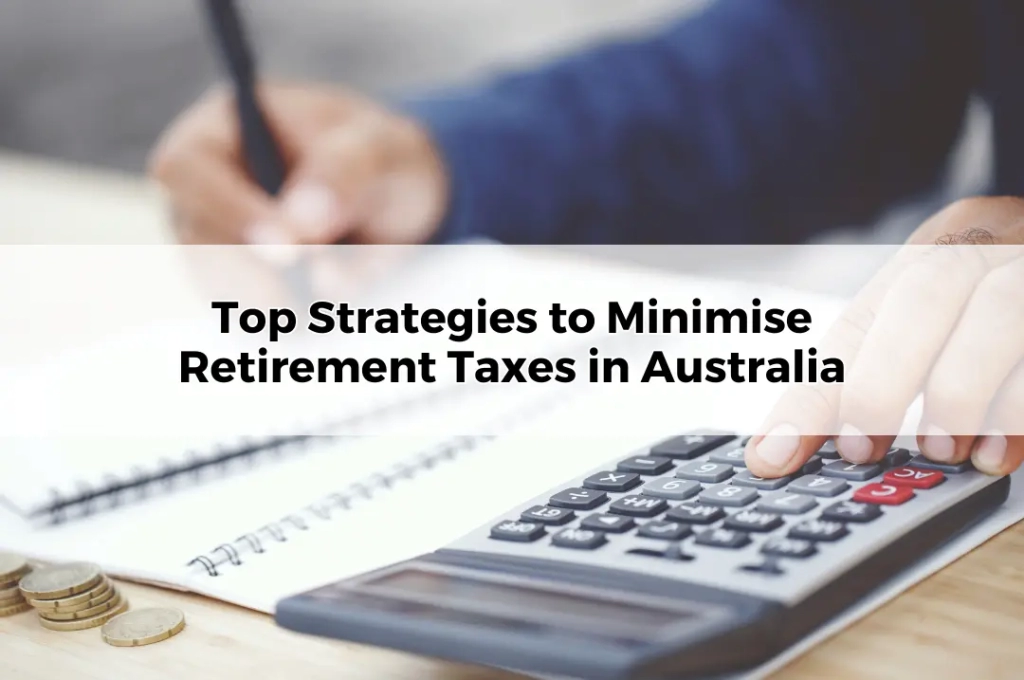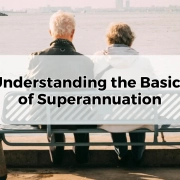Top Strategies to Minimise Retirement Taxes in Australia
Table of Contents
ToggleRetirement is a time to enjoy the fruits of your hard work. However, without careful planning, taxes can erode your savings. The Australian tax system can be complex, especially for retirees. Understanding its nuances is essential to preserving your wealth and ensuring your retirement years are financially secure. Retirement planning must include strategies to reduce the impact of taxes on your hard-earned savings. With expertise in this field, a skilled Toowoomba Financial Adviser can provide tailored advice to minimise tax burdens while helping you maximise your retirement funds.
Understanding the Superannuation Tax Framework
Superannuation remains one of Australia’s most tax-efficient vehicles for retirement savings. Contributions, investment earnings, and withdrawals are subject to specific tax rules, and these vary depending on your age, income level, and the phase of your superannuation account. Contributions to superannuation are divided into concessional (pre-tax) and non-concessional (post-tax) categories, each with distinct tax treatments. Investment earnings within super accounts are taxed at a concessional rate of 15% during the accumulation phase, which drops to zero in the pension phase. Withdrawals are generally tax-free for individuals aged 60 and over, provided the funds are drawn from a taxed super fund. By thoroughly understanding these rules, retirees can optimise their strategies and minimise unnecessary taxation.
Transitioning to a Tax-Free Pension Phase
Transitioning your superannuation account from the accumulation phase to the pension phase unlocks significant tax benefits. In the pension phase, investment earnings within the account are entirely tax-free. Additionally, pension withdrawals for individuals aged 60 and above are not subject to income tax. Timing is critical when making this transition to ensure the full advantages of the tax-free pension phase are realised. This may involve consolidating superannuation accounts, planning the commencement of pension payments, and ensuring compliance with government-set limits like the transfer balance cap. Proper planning and execution can result in substantial tax savings and maximise retirement income.
Strategic Use of Concessional Contributions
Concessional contributions, such as employer contributions, salary sacrifice, or personal deductible contributions, are a key strategy for reducing taxable income and growing superannuation balances. These contributions are taxed at a flat rate of 15% within the superannuation system, which is often significantly lower than an individual’s marginal tax rate. By allocating more pre-tax income towards concessional contributions, retirees and those approaching retirement can reduce their taxable income during their working years. Additionally, this strategy helps build a larger retirement savings pool, which can later be accessed in a tax-effective manner.
Maximising Non-Concessional Contributions
Non-concessional contributions are made using after-tax income and offer another tax-effective avenue for boosting retirement savings. These contributions are not subject to tax upon entry into the superannuation system, and earnings on these funds within super are taxed at the concessional rate of 15% or 0% in the pension phase. Individuals can make up to $120,000 in non-concessional contributions annually or utilise the bring-forward rule to contribute up to $330,000 over a three-year period. This strategy is particularly effective for those looking to invest additional funds from windfalls or savings in a tax-advantaged environment.
Utilising the Downsizer Contribution Scheme
The downsizer contribution scheme is a powerful tool for Australians aged 55 and older who are looking to bolster their superannuation balances. Under this scheme, eligible individuals can contribute up to $300,000 from the sale of their primary residence directly into their superannuation. Couples can contribute up to $600,000 combined. Importantly, these contributions do not count towards the non-concessional contribution cap. This strategy is especially beneficial for retirees looking to downsize their living arrangements while ensuring the proceeds from their home sale are invested in a tax-effective manner to provide long-term retirement income.
Leveraging Tax Offsets for Retirees
Retirees in Australia can access various tax offsets designed to reduce their tax liabilities and increase disposable income. The Senior Australians and Pensioners Tax Offset (SAPTO) is one such benefit, providing eligible retirees with a reduction in their payable tax based on their income levels. Additionally, the low-income tax offset (LITO) and low-and-middle-income tax offset (LMITO) may also apply in certain circumstances. By taking advantage of these offsets, retirees can ensure their taxable income remains within lower brackets, further minimising their overall tax obligations.
Minimising Capital Gains Tax (CGT) in Retirement
Capital gains tax can significantly impact the returns generated from the sale of assets such as property or shares. For retirees, effective CGT management is vital. Strategies include holding assets for at least 12 months to qualify for the 50% CGT discount and timing the sale of assets to coincide with years of lower income, thereby reducing the applicable tax rate. Additionally, reinvesting proceeds into tax-advantaged structures, such as superannuation, can further mitigate CGT impacts. Proper planning ensures that retirees retain a larger share of their investment gains.
Structuring Investments for Tax Efficiency
The way investments are structured plays a crucial role in tax efficiency during retirement. Retirees can choose from various vehicles, including superannuation accounts, discretionary trusts, and direct ownership, to manage their investments. Each structure has unique tax implications. For example, investments held within a superannuation fund benefit from lower tax rates on earnings and capital gains, particularly during the pension phase. Choosing the right mix of structures based on individual financial goals and circumstances ensures a balance between growth, income, and tax minimisation.
Planning Around the Age Pension and Means Testing
The Age Pension remains an essential component of retirement income for many Australians. However, its means-tested nature means that income and assets can affect eligibility and payment rates. Strategic planning, such as optimising asset allocation and structuring income streams, can help retirees qualify for higher pension payments while maintaining a tax-efficient portfolio. Understanding the intricacies of the income and assets tests is crucial to maximising both pension entitlements and overall retirement income.
Tax Planning for Estate Distribution
Effective estate planning ensures that wealth is passed on to beneficiaries in a tax-efficient manner. Superannuation death benefits, for example, may be subject to taxes if paid to non-dependants. Utilising strategies such as testamentary trusts, re-contributing to superannuation accounts, or distributing assets outside of super can help minimise taxes on inheritances. Proper estate planning not only protects the financial legacy left to loved ones but also ensures compliance with legal and taxation requirements.
The Role of Professional Financial Advice
Navigating the complexities of retirement taxes requires specialised knowledge and experience. Professional financial advice can provide retirees with personalised strategies tailored to their unique financial circumstances and goals. Whether through an Online Financial Adviser or a local Toowoomba Financial Adviser, working with an expert ensures that all aspects of tax planning, superannuation management, and investment structuring are optimised for long-term financial security. By leveraging professional expertise, retirees can enjoy peace of mind knowing their retirement savings are being managed in the most tax-effective manner.
Conclusion
Tax-efficient retirement planning is a cornerstone of financial well-being. By implementing these strategies, retirees can protect their savings, maximise income, and enjoy a comfortable and secure retirement. For expert Financial Planning in Toowoomba or Retirement Financial Advice tailored to your needs, contact Wealth Factory today.









